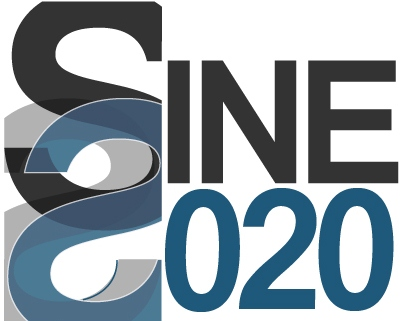A very brief history of Parma University
Some claim that Parma University dates back to 875 with a decree of Emperor Otto I establishing the teaching of liberal arts, a disputed evidence for a true University, which would place the birth of Parma University even before Bologna, Paris and Oxford. The University grew discontinuously, with the addition of law and medicine in the 13th century, until a renaissance in 1545 under the Farnese Dukes.
In 1824 Mary Luise, Duchess of Parma (and divorced wife of Napoleon) assigned the chair of Physics to Macedonio Melloni, who was developing pioneering studies of the infrared radiation and corresponding with Faraday. Melloni was later exiled by the Duchess for his support of the 1830 French July Revolution. He moved to Paris, he was awarded the Rumford Medal of the Royal Society, he became member of several Royal Academies of Science (the Swedish, amongst others), and was later called by Ferdinando II Bourbon to organize the Vesuvian Observatory in Naples. The Physics Institute of the Department is entitled to Melloni.
Nowadays the University of Parma has 24000 students. The Science and Technology campus where the General Assembly takes place provides bachelor, master and doctoral degrees in Food Science, Pharmacy, Physics, Biology, Mathematics, Earth Sciences, Engineering and Architecture. Other sites host the Schools of Law, Medicine, Veterinary, Economics and Humanities.
The Department of Physics contributed to the development of the Muon Spin Spectroscopy, starting from the pioneering work of Cesare Bucci in the late 1970’s at CERN and later at ISIS. In the 80’s Bucci also played an active role in the establishment of the CNR-SERC agreement, the first active Italian involvement in European Neutron Scattering facilities. In the later decades Parma contributed to instrumental developments both at ILL (BRISP) and ISIS (MUSR-EMU).

